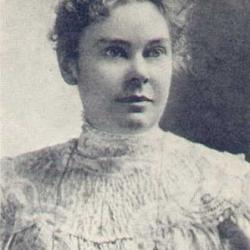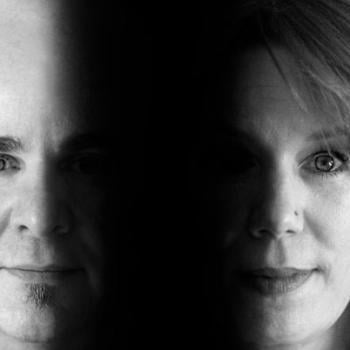Silence can be challenging. Not just because the world we live in conspires to fill each moment with noise—from radios to televisions to movies to music to urban sounds of traffic and to the congestion of people living close together—but because there is also a fear of entering into silence. When we are used to living at a distance from our deep center—caught up in the surface chatter—dropping down into the silent pool of presence can evoke fearfulness. What might we discover when we pause long enough to really hear? And yet, as Thomas Merton wrote, we each have a "vocation to solitude." This vocation means:
. . . to deliver oneself up, to hand oneself over, entrust oneself completely to the silence of a wide landscape of woods and hills, or sea, or desert; to sit still while the sun comes up over that land and fills its silences with light. To pray and work in the morning and to labour and rest in the afternoon, and to sit still again in meditation in the evening when night falls upon that land and when the silence fills itself with darkness and with stars. This is a true and special vocation. There are a few who are willing to belong completely to such silence, to let it soak into their bones, to breathe nothing but silence, to feed on silence, and to turn to the very substance of their life into a living and vigilant silence. (Thoughts in Solitude)
Silence isn't something we do, although we can still ourselves to receive its gifts. It is not a personal capacity, although we can cultivate practices of becoming more present. Meister Eckhart described silence as "the purest element of the soul, the soul's most exalted place, the core, the essence of the soul." This is the inner monastery within each of our hearts, a place of absolute stillness, our soul's deep essence.
I echo Merton's invitations here: let yourself belong to silence, let silence soak into your bones, nourish you, be the air you breathe. A commitment to silence is at the heart of nurturing a contemplative practice and creative life. In silence you will discover the Great Artist from whom you emerged; you will sense the pulse of creative energy through your being so that you slowly grow to recognize that creating is your birthright, and that you join your work with this ultimate work. But the call is nourished by the silence. We continue to return to this open space to remember who we are.
Establishing (or Deepening) a Contemplative, Creative Practice
I believe that we learn by practice. Whether it means to learn to dance by practicing dancing or to learn to live by practicing living, the principles are the same. In each, it is the performance of a dedicated precise set of acts, physical or intellectual, from which comes shape of achievement, a sense of one's being, a satisfaction of spirit. One becomes, in some area, an athlete of God. Practice means to perform, over and over again in the face of all obstacles, some act of vision, of faith, of desire. Practice is a means of inviting the perfection desired.
—MARTHA GRAHAM
What does it mean to practice the spiritual life? When we embody practices, we live into them and they shape our habits of being. We have to practice being present to the moment, because our tendency—and the world around us conspires in this—is to be distracted. The monk practices contemplation so that in her whole life she can become conscious of the sacred presence beating through the heart of the world. (While female monastics are often called nuns, in this book I use the term "monk" to include both men and women because I believe that the term is archetypal; that is, the energy of monk exists within each one of us regardless of gender.) The artist practices creativity so that he can experience all of life as a work of art. In his Letter to Artists, John Paul II wrote: "Not all are called to be artists in the specific sense of the term. Yet, as Genesis has it, all men and women are entrusted with the task of crafting their own life: In a certain sense, they are to make of it a work of art, a masterpiece."
The primary creative act is the living of our daily lives, making of it a work of art. This happens through daily attention to practice. To be a writer you must write; to be an artist you must show up to the canvas. You may already have some practices that work effectively to support you in your creative expression and contemplative presence. St. Benedict prescribes ora et labora—prayer and work in balance. Praying the Liturgy of the Hours and lectio divina, doing manual labor, and sleeping comprise the majority of a monk's schedule. In this book we explore a variety of monastic practices to support creative living in balance.
To begin, I suggest the following three practices as ones that I have found to be essential for my own thriving as a monk and artist: walking, lectio divina, and reflection. I include these practices in some form each week and I invite you to consider making time for them.
Return to the Patheos Book Club for more resources on The Artist's Rule, including an author interview and roundtable conversation with other bloggers and spiritual directors.





